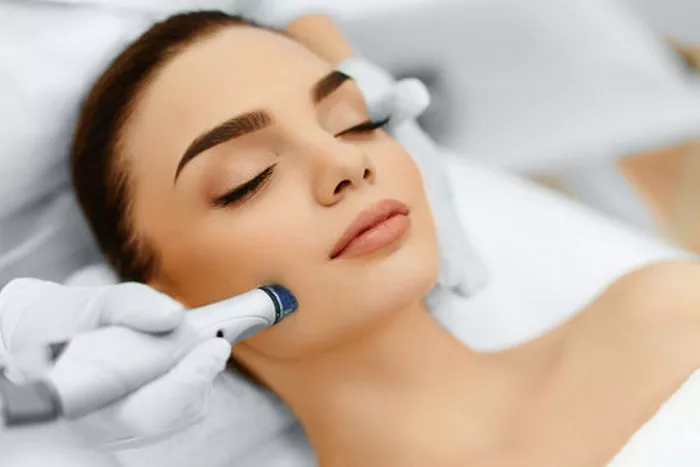Microdermabrasion facials are a popular cosmetic treatment that can help improve the appearance of fine lines, wrinkles, and other skin imperfections. This non-invasive procedure involves the use of a special device to exfoliate the skin and remove dead skin cells, which can help stimulate collagen production and improve skin texture and tone. In this article, we will explore what a microdermabrasion facial involves, including its benefits, potential risks, and aftercare.
What Is a Microdermabrasion Facial?
A microdermabrasion facial is a cosmetic treatment that involves the use of a special device to exfoliate the skin and remove dead skin cells. The device typically consists of a wand or handpiece that is attached to a vacuum suction system. The wand or handpiece is fitted with a diamond tip or crystal tip that is used to gently abrade the surface of the skin, while the vacuum suction system helps to remove dead skin cells and other debris.
The procedure typically takes between 30 minutes to an hour, depending on the size of the treatment area and the severity of the skin concerns. Most people require multiple treatments to achieve optimal results, with treatments spaced several weeks apart.
Benefits of a Microdermabrasion Facial
There are several benefits to getting a microdermabrasion facial. Some of the main benefits include:
Improved skin texture and tone: Microdermabrasion facials can help improve the texture and tone of the skin by removing dead skin cells and stimulating collagen production. This can help reduce the appearance of fine lines, wrinkles, and other skin imperfections.
Reduced hyperpigmentation: Microdermabrasion facials can help reduce the appearance of hyperpigmentation, such as age spots and sun damage, by removing the outer layer of skin.
Reduced acne scarring: Microdermabrasion facials can help reduce the appearance of acne scarring by removing the outer layer of skin and stimulating collagen production.
Increased product absorption: Microdermabrasion facials can help increase the absorption of skincare products by removing dead skin cells and allowing products to penetrate more deeply into the skin.
Potential Risks of a Microdermabrasion Facial
While microdermabrasion facials are generally safe for most people, there are some potential risks to consider. Some common risks of microdermabrasion facials include:
Skin irritation: Microdermabrasion facials can cause skin irritation, redness, and swelling, particularly in those with sensitive skin.
Sun sensitivity: Microdermabrasion facials can increase the skin’s sensitivity to the sun, which can increase the risk of sunburn and other skin damage.
Infection: Microdermabrasion facials can increase the risk of infection if the equipment is not properly sterilized.
Scarring: In rare cases, microdermabrasion facials can cause scarring or other permanent skin damage.
It is important to discuss any potential risks or concerns with a qualified healthcare provider or dermatologist before getting a microdermabrasion facial.
Aftercare for a Microdermabrasion Facial
After getting a microdermabrasion facial, it is important to follow proper aftercare instructions to ensure optimal results and minimize the risk of complications. Some common aftercare instructions for a microdermabrasion facial include:
Avoid sun exposure: It is important to avoid sun exposure for at least 24 hours after getting a microdermabrasion facial, as the skin will be more sensitive to the sun.
Moisturize: It is important to moisturize the skin regularly after getting a microdermabrasion facial, as the skin may be dry and flaky.
Avoid harsh products: It is important to avoid using harsh skincare products, such as exfoliants or scrubs, for at least a week after getting a microdermabrasion facial.
Stay hydrated: It is important to drink plenty of water and stay hydrated after getting a microdermabrasion facial, as this can help promote skin healing and reduce the risk of complications.
Conclusion
In conclusion, a microdermabrasion facial is a non-invasive cosmetic treatment that can help improve the appearance of fine lines, wrinkles, and other skin imperfections. The procedure involves the use of a special device to exfoliate the skin and remove dead skin cells, which can help stimulate collagen production and improve skin texture and tone. While microdermabrasion facials are generally safe for most people, there are some potential risks to consider. It is important to discuss any potential risks or concerns with a qualified healthcare provider or dermatologist before getting a microdermabrasion facial. By following proper aftercare instructions, many people are able to achieve smoother, more radiant skin with a microdermabrasion facial.


